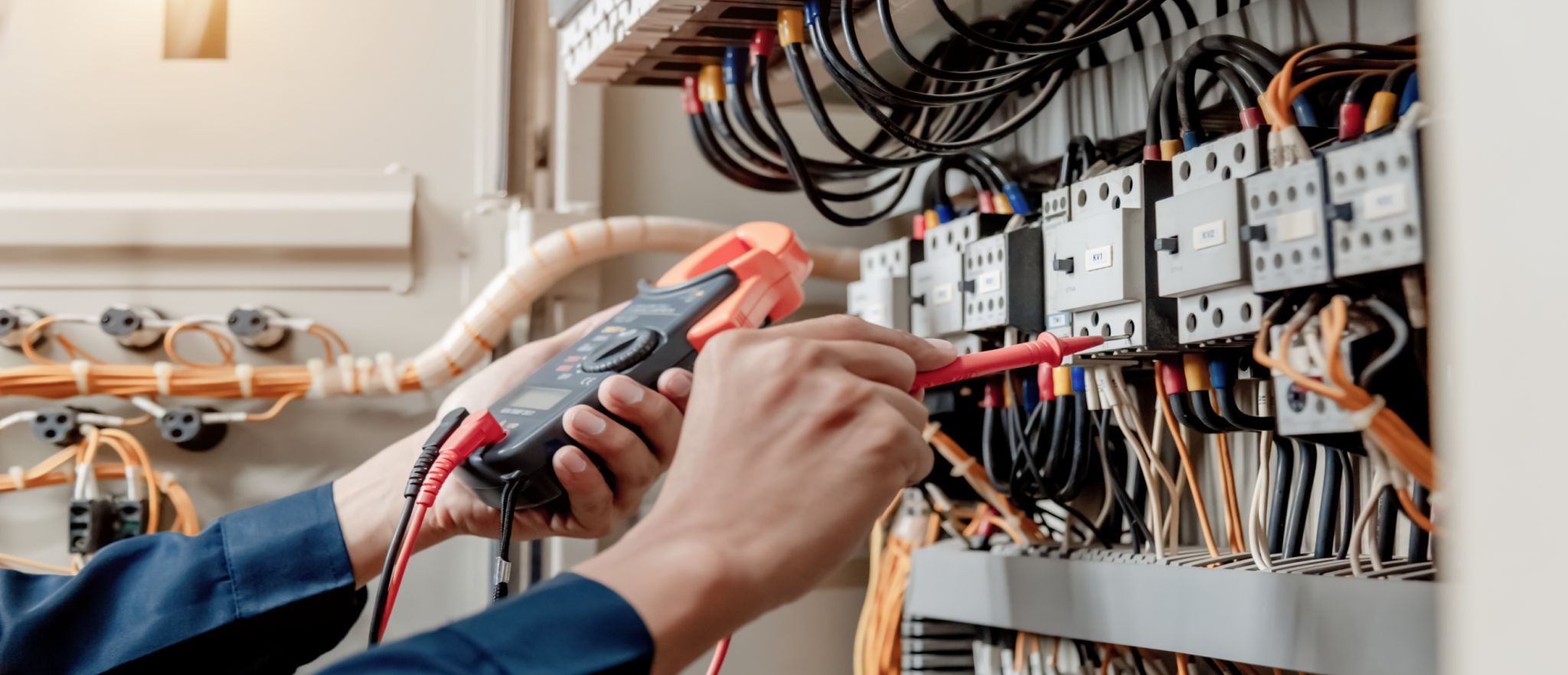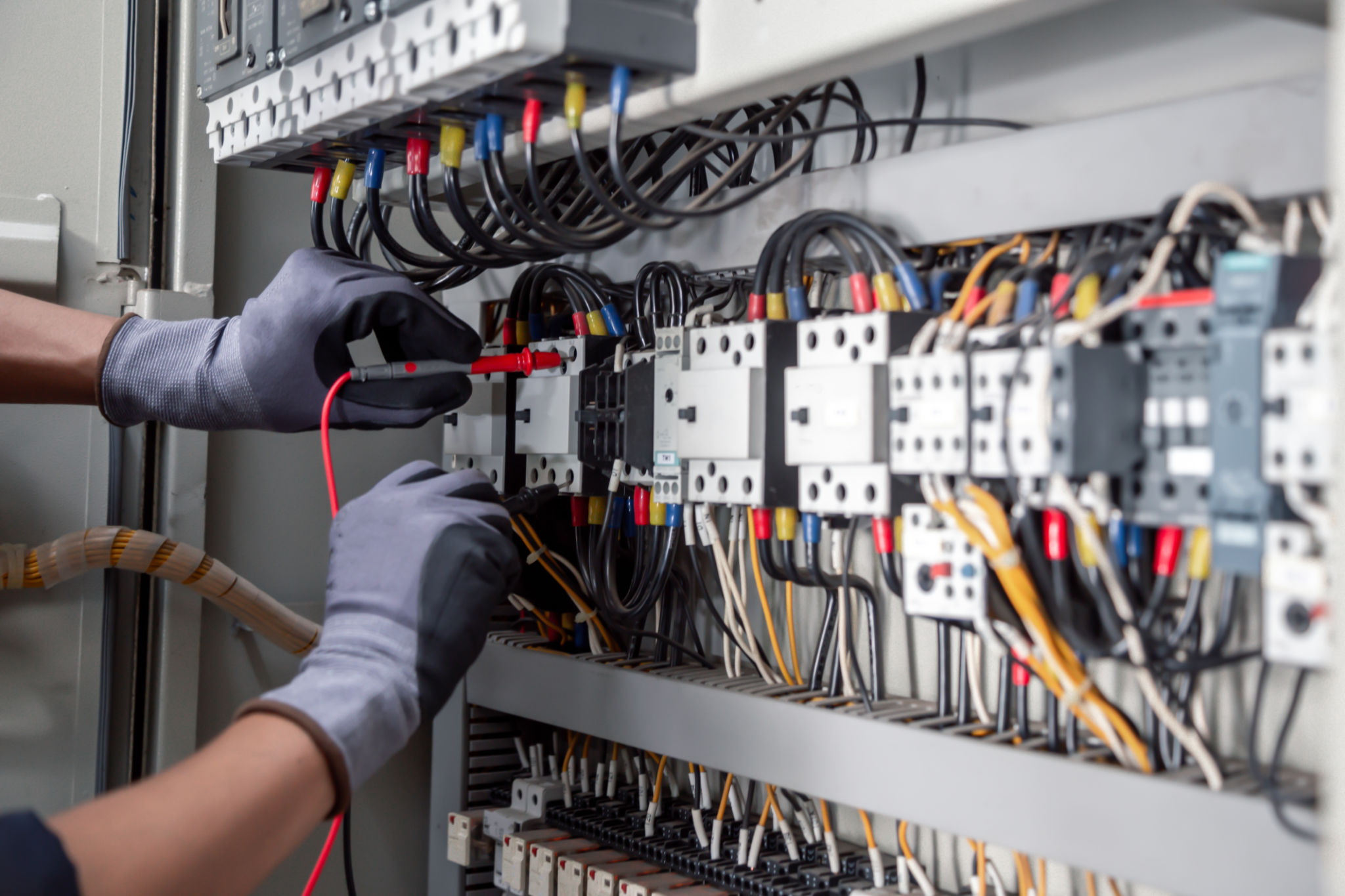Comparing Traditional vs. Smart Home Electrical Systems
Introduction to Home Electrical Systems
In today’s technologically advanced world, the way we manage our homes has evolved significantly. One of the most notable advancements is in home electrical systems, transitioning from traditional setups to smart home technologies. Understanding these differences can help homeowners make informed decisions about upgrading their systems.
Understanding Traditional Electrical Systems
Traditional electrical systems have been the backbone of home electrical infrastructure for decades. These systems primarily rely on manual operations, such as flipping switches or adjusting knobs, to control lighting, heating, and appliances. While reliable, these systems often lack the flexibility and remote access that modern homeowners desire.
One of the main characteristics of traditional systems is their simplicity. They are generally straightforward to install and maintain. However, they can be inefficient, especially in larger homes where energy management can be a challenge.

The Rise of Smart Home Electrical Systems
Smart home electrical systems represent a significant leap forward in home automation and energy efficiency. These systems are designed to provide homeowners with enhanced control and connectivity through the use of smart devices and the Internet of Things (IoT). This connectivity allows for remote management of home systems via smartphones or voice-controlled assistants.
Some key features of smart systems include automated lighting, programmable thermostats, and energy monitoring tools. These features not only enhance convenience but also promote better energy usage, potentially leading to cost savings on utility bills.

Comparing Features and Benefits
Control and Convenience
One of the most significant advantages of smart home systems is the ability to control various aspects of the home remotely. Whether you’re at work or on vacation, smart devices allow for real-time adjustments to lighting, temperature, and security settings. This level of control is something traditional systems cannot offer.
In contrast, traditional systems require physical presence and manual operation, which can be inconvenient for busy homeowners or those who travel frequently.

Energy Efficiency
Smart home systems are designed with energy efficiency in mind. Features such as automated lighting and smart thermostats can significantly reduce energy consumption by ensuring that lights and heating/cooling systems are only active when needed. Additionally, energy monitoring tools provide insights into usage patterns, enabling homeowners to make informed decisions.
Traditional systems, while robust, often lack these advanced features and may result in higher energy bills due to manual oversight.
Installation and Maintenance Considerations
The installation process for smart home systems can be more complex than traditional systems due to the integration of various devices and the need for a stable internet connection. However, many smart devices are designed for easy installation and often come with user-friendly guides.
Maintenance of smart systems can also be more involved but typically offers the advantage of remote diagnostics and updates. Traditional systems, on the other hand, are generally easier to maintain due to their simplicity but may require more frequent manual checks and replacements.

Conclusion
When comparing traditional vs. smart home electrical systems, it’s clear that smart technologies offer numerous advantages in terms of convenience, control, and energy efficiency. However, the choice between the two depends on individual needs, budget, and lifestyle preferences. For those seeking a more connected and efficient home environment, investing in smart technologies may be the way forward.
